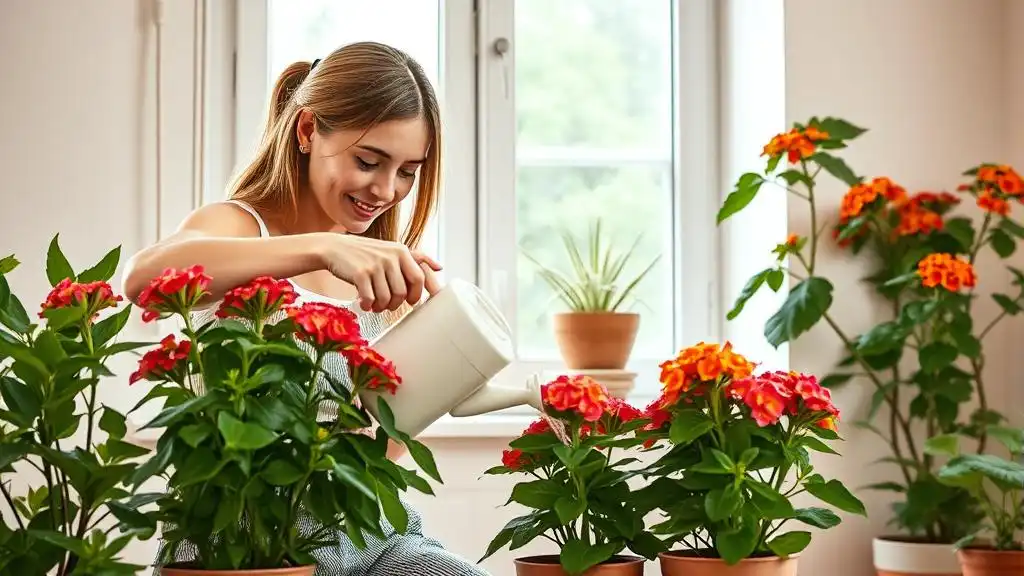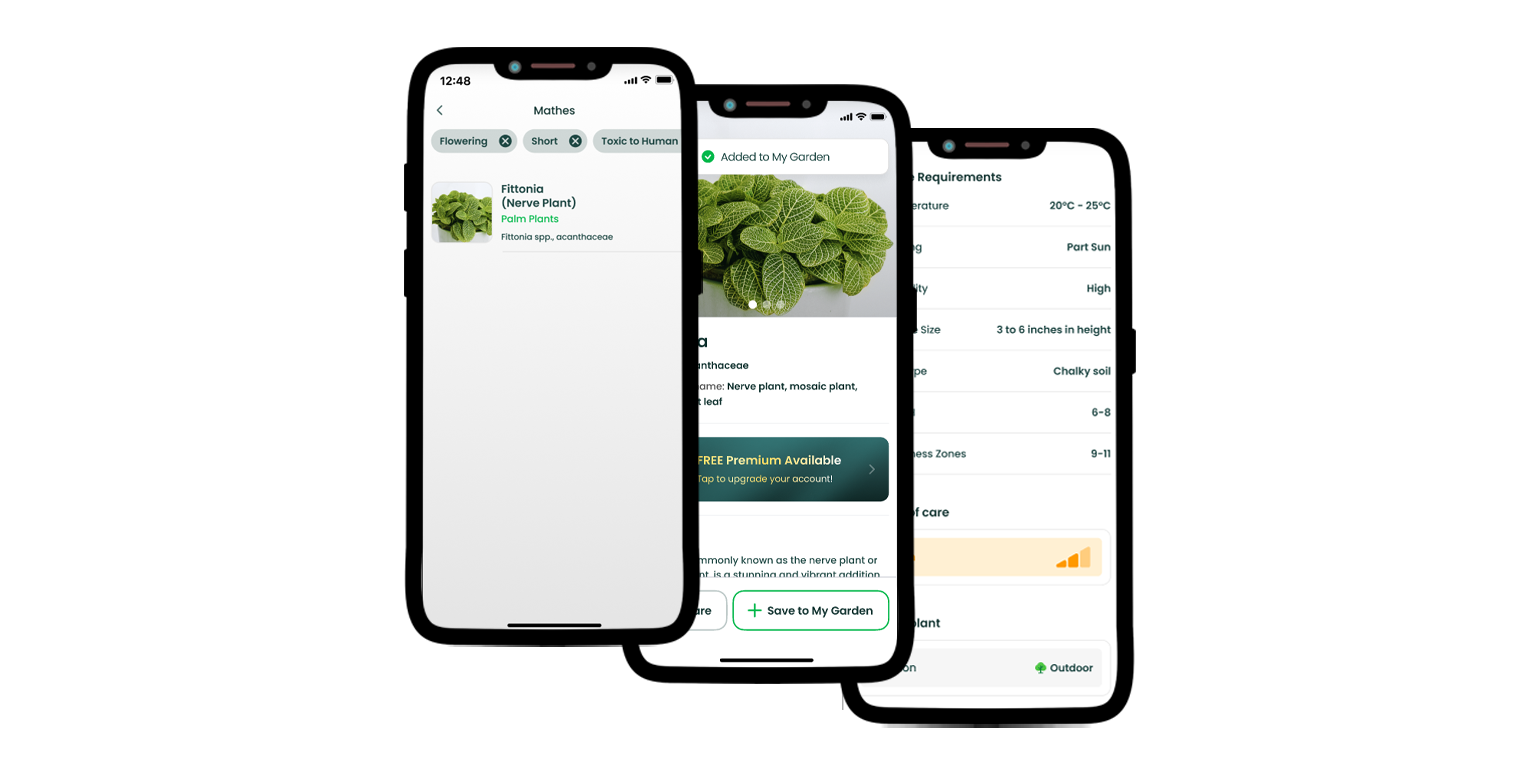
Discover how to successfully grow lantana in pots with our comprehensive guide. Learn about the best lantana varieties for container gardening, proper potting mix, suitable containers, and essential care tips.
Contents:
Bright and tender, lantana is one of the most desired flowering plants that can be introduced to any environment, be it an open-air yard or an indoor garden. When bringing lantanas to enclosed spaces, container gardening seems like a suitable yet aesthetically pleasant option for sound plant development and lush growth as well.
Those who consider indoor lantana cultivation may wonder “Does lantana do well in pots and how to maintain its healthy state?”. For you to cultivate potted lantana with ease and genuine respect, we have prepared a concise yet fully detailed material with all you have to know about this fine plant.

Lantana Varieties First
Lantana plants are continuously thriving shrubs that cannot but decorate any environment with their flower clusters of all colors. As a genus of more than 150 species included, lantana may appear in various forms united into smaller groups. And with numerous varieties available, gardeners can select that type of lantana that best suits their preferences, as well as growing conditions and plant care skills. So, what are the most popular varieties for container gardening?
Lantana camara (or Common Lantana): The most popular variety planted in the containers is definitely the Lantana camara, for it unites the colorful collection of flowers and bushy, dense foliage. Like a bouquet, it remains pleasing to the eyes for longer periods, from spring's warm beginnings to autumn's frost.
Lantana montevidensis (or Trailing Lantana): When one strives to create a hanging garden, the first plant to come to mind is the Trailing Lantana. Due to its trailing growth habit, these bushes can imitate a flowing effect of lavender to purple flowers spreading down. Nevertheless, the stems' abundant hairs may irritate human skin and cause allergic reactions in the end.
Lantana “Dallas Red”: As red as blood, this lantana hybrid is a favorite solution for those who want to add bright colors to their surroundings. No matter where the pots of “Dallas Red” are situated, they can attract butterflies and provide a colorful display, too. The choice of their position, whether indoors or outside the building, though, is ultimately up to you.
Lantana “Miss Huff”: Thinking about hardy Lantana, one may notice a plant that can tolerate cold and arid conditions. Does it sound like a dream? In fact, “Miss Huff” is a suitable species for climates with relatively low-temperature regimes. Nevertheless, it produces orange, pink, and yellow flowers that look animated rather than real.
Selecting the Foundations: Containers and Potting Mix
Container gardening is a convenient way of cultivation, but proper preparation is crucial anyway. Suitable containers with appropriate potting mix actually define how well your plants are to thrive and how healthy they are to remain.
Suitable Pots
Lantana may grow large, and to make sure they have enough space to develop, it is important to select a container that accommodates their growth. While smaller varieties can be cultivated in pots with a diameter of 12 inches (30 cm) or more, larger lantana species may need even more space, with a minimum diameter of 18 inches (approximately 46 cm).
The material of a container also matters. Basically, you are free to choose any container, be it plastic for enhanced moisture retention, ceramic for better insulation, terracotta for good air circulation, and fabric for air pruning of roots. However, special attention should be paid to the number of drainage holes, for the lantana plant may be susceptible to root rot and other related diseases. The more holes, the better, as botanists assert.
Potting Mix
In the wild, lantanas thrive in well-draining soil with a slightly acidic to neutral pH (6.0 to 7.5), this is why searching for the appropriate potting mix should never be neglected. Ensure the potting mix is lightweight, for it must provide good aeration and not dense. Besides, though lantanas are not heavy feeders, they still require a lot of nutrients, and liquid fertilizers can become a helpful addition in supporting healthy growth and flowering.

Lantana Companions May Also Help
When planting lantanas in a container, selecting companion plants that complement the growth habits and needs can make a good contribution to the whole gardening process. Keep in mind that growing two or more plant species in the same container is only allowed if they share the same care needs and have sufficient space to thrive without competition.
What to plant with lantana in a container? Among the plants that can establish mutually beneficial relations, it is worth noting verbena, marigolds, salvia, and petunias, i.e., vibrant flowering plants with the potential to enhance visual appeal and successful development, too. Nevertheless, this list is not limited to the above-mentioned floral creations only, so we encourage you to analyze plant care needs and then select the most captivating instances to your liking.
Special Care Needs of Lantanas
Light: Full sun is the most essential requirement that can eventually be missed when lantanas are kept indoors. Insufficient light can lead to reduced blooming and hindered growth, so bring a plant closer to a south-facing window and consider LED grow lights, if necessary.
Watering: When grown in containers, the lantana plants may require a bit more water than usual. To determine if the bush needs a watering session, check the top inch of soil; and if it feels dry to the touch, proceed with watering as usual. Warning: do not overwater the plant, as when potted, it can suffer from root rot in the end.
Pest and Disease Control: Lantanas are seen as pest-resistant plants, though they still can be affected by common garden pests (e.g., spider mites and aphids), and diseases (e.g., powdery mildew and leaf spot), even when indoors. As soon as one notices unusual activity on the plant, it is time to identify a problem and find a proper treatment.
Winter Protection: Lantana is cultivated worldwide, and those climates that experience colder seasons may pose threats to the plant’s health. Hence, move potted lantanas indoors or closer to warm environments before the first frost with full sun and adequate watering available on time.
No Struggle but Care – AI Plant Finder for Smooth Aid
Taking care of plants is simple when one knows what they may rely on. Though there exist thousands of options, such as botany books and region-specific guides, universal plant apps like AI Plant Finder encompass only relevant information about floral requirements, care tips, useful contacts, and professional recommendations.
When you are ready to explore plant care needs, AI Plant Finder will gladly provide the necessary materials and tools, like a botany encyclopedia of 300,000 species, an illuminance meter, a water calculator, and a gardening log. Discover what your garden needs to manage your routine and arrange all the pre-cultivating procedures appropriately.
Select plant types, add them to your “Garden” in the app, navigate disease detection via photos, and set up plant care reminders for you to get organized and keep your garden under control well in advance.

However resilient lantanas may be claimed to be, any plant needs proper care and a suitable environment to grow and thrive efficiently. Lantana indeed is no exception. Container gardening may seem easier than its open-air option. Nonetheless, it presents its own challenges that can negatively affect the plant’s health. Therefore, never forget about due preparation and protect your garden once and for all.